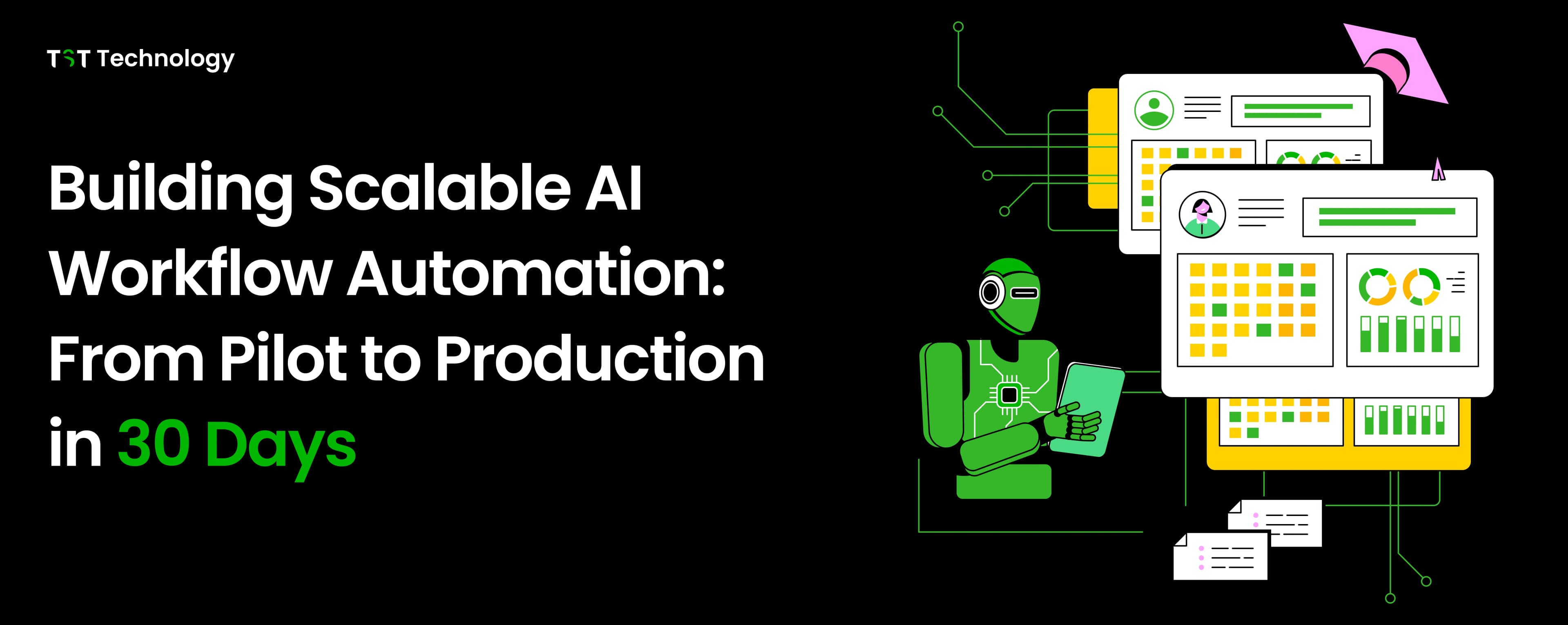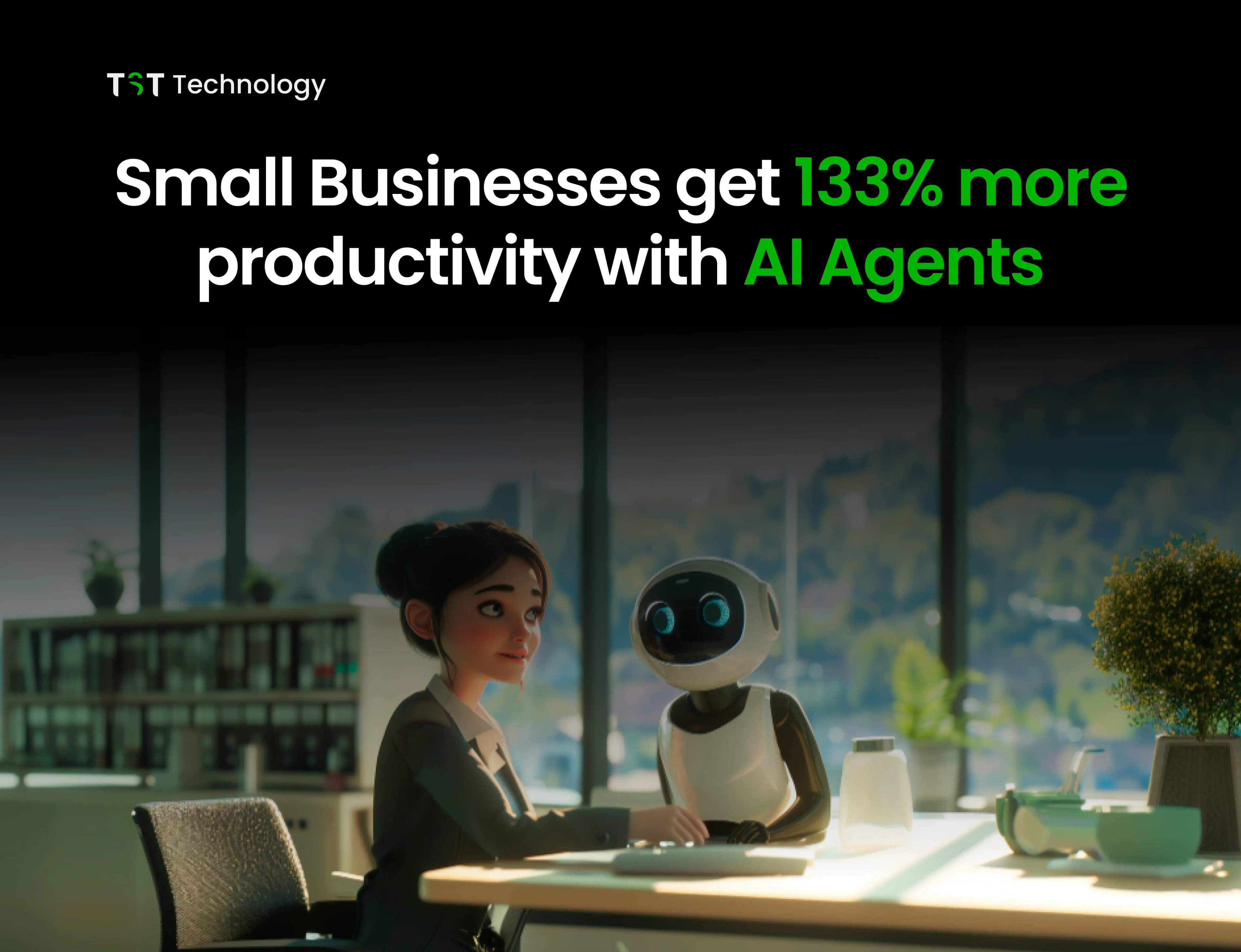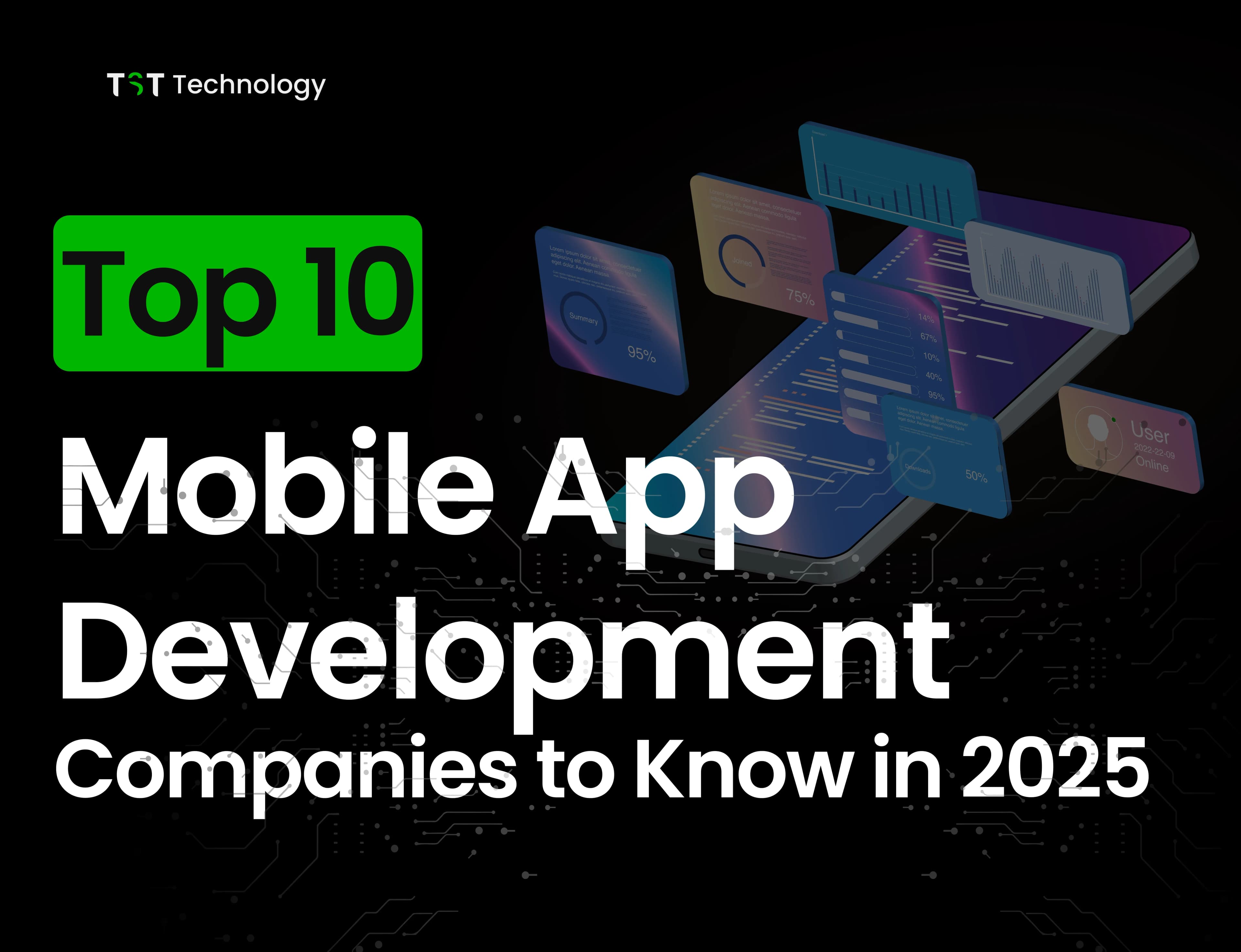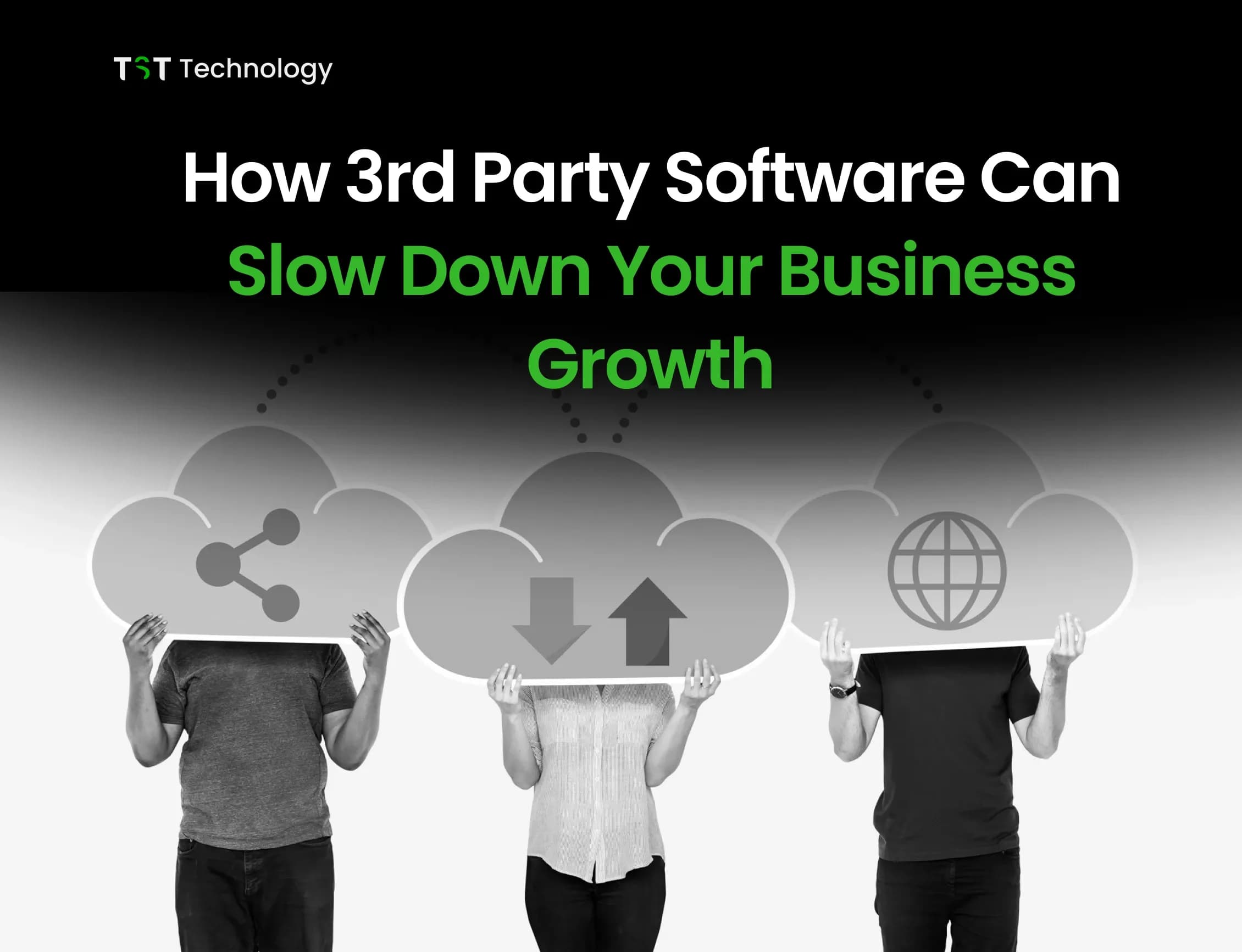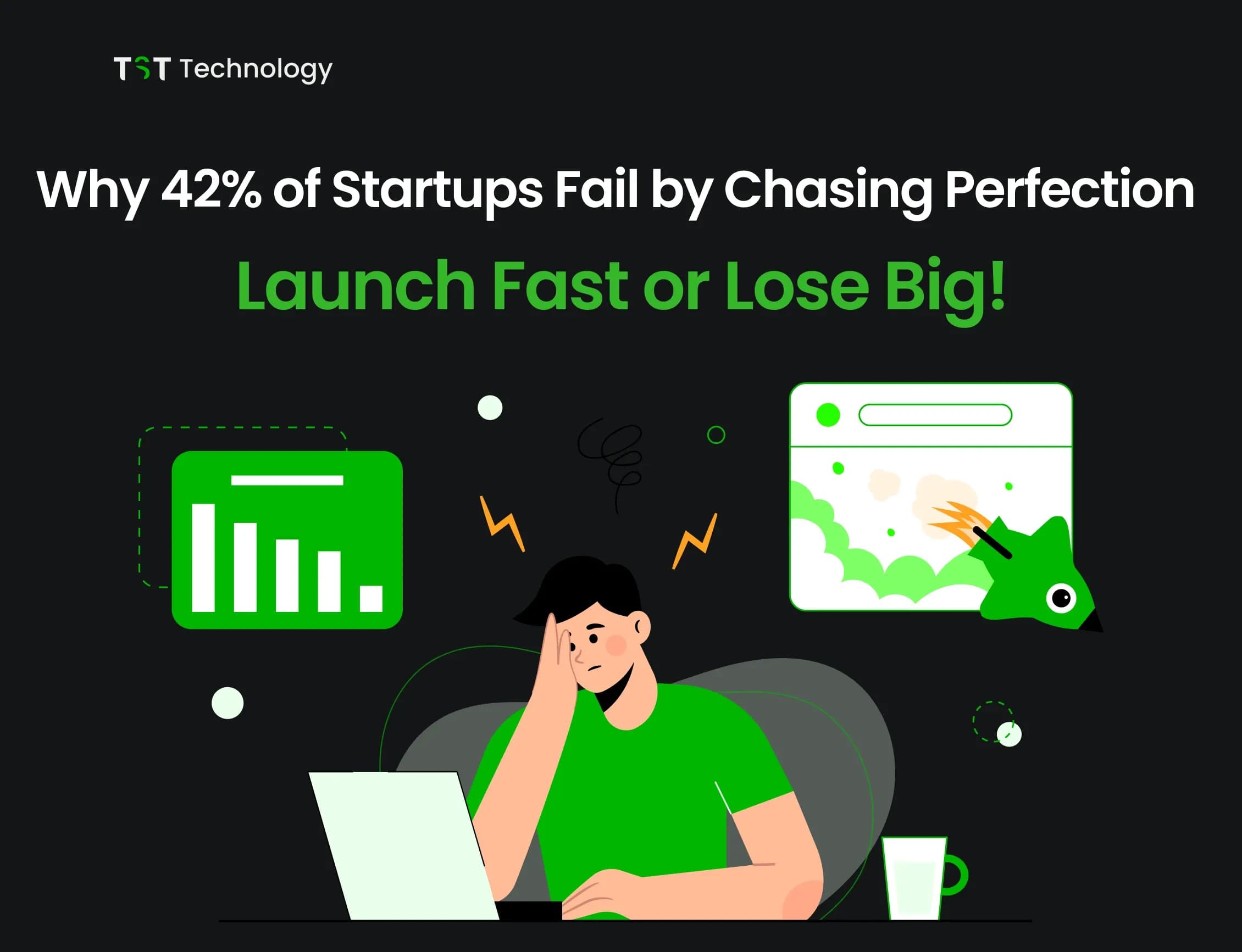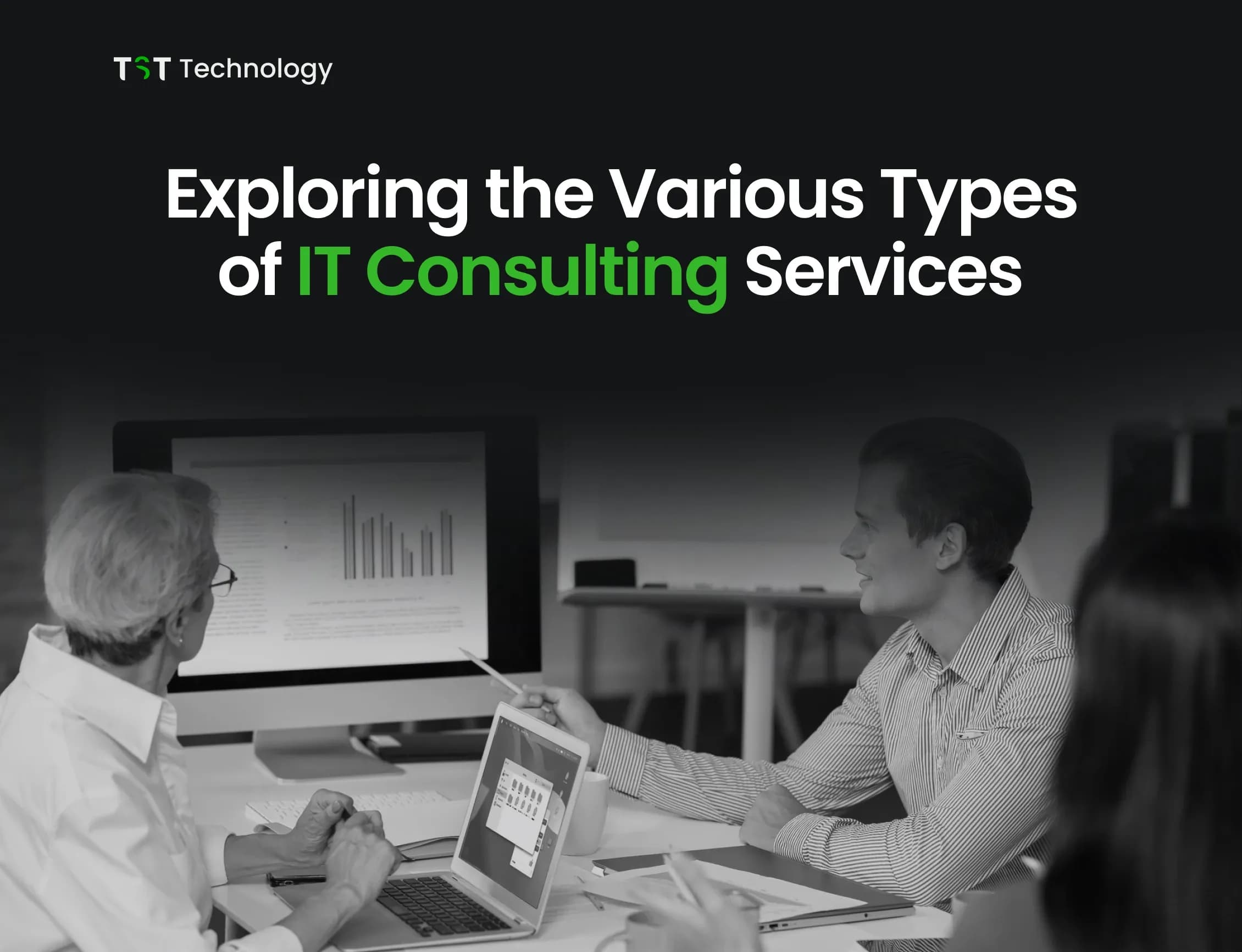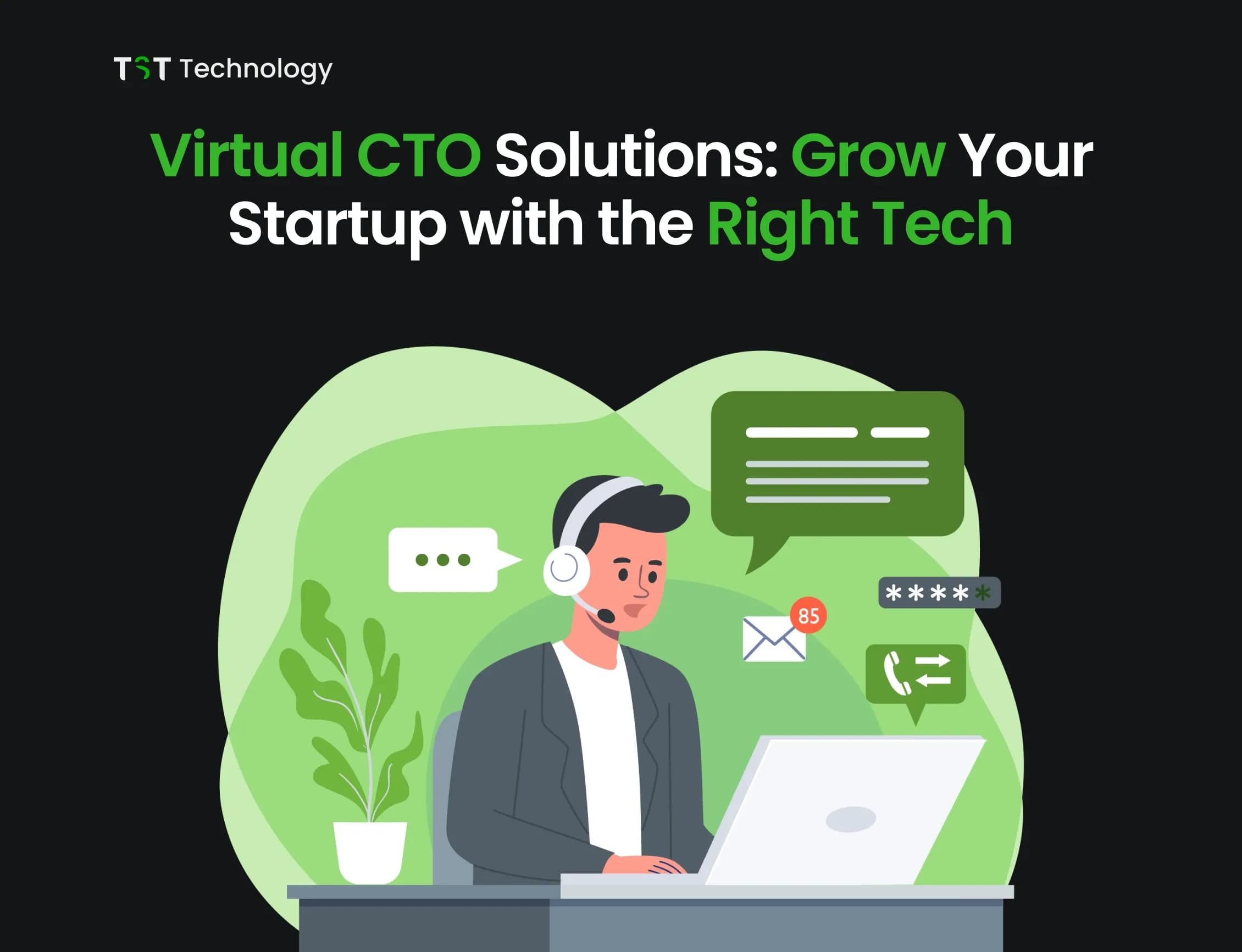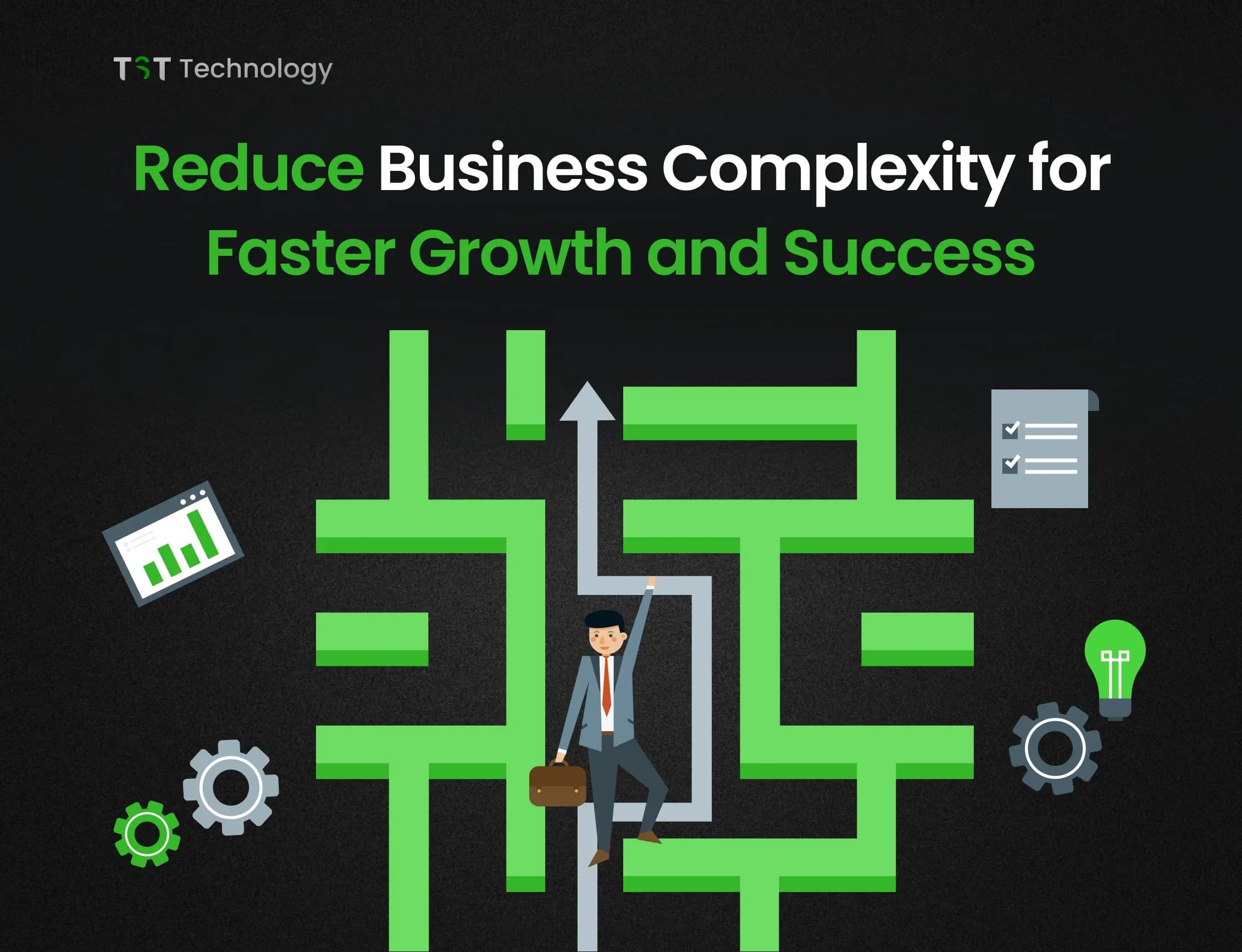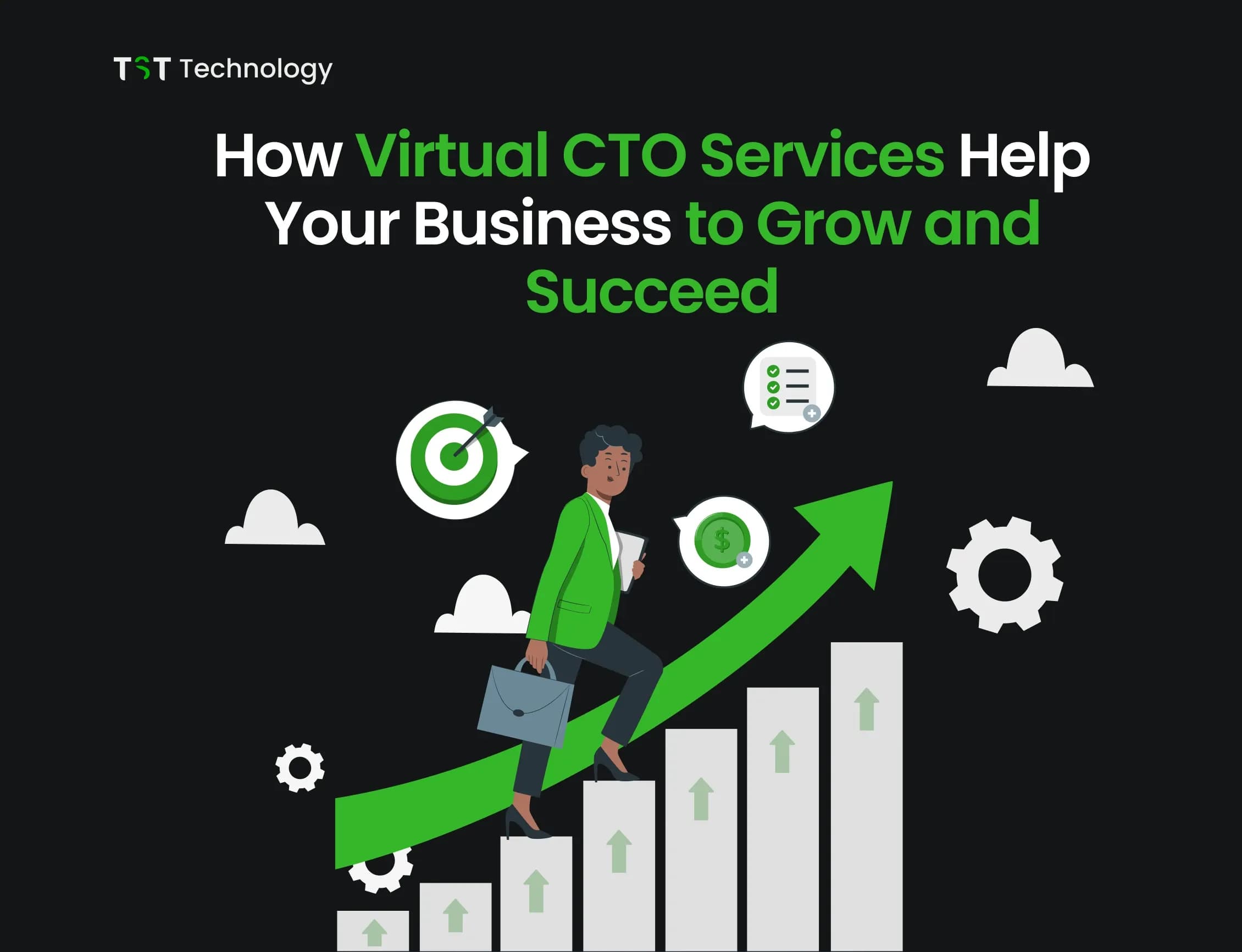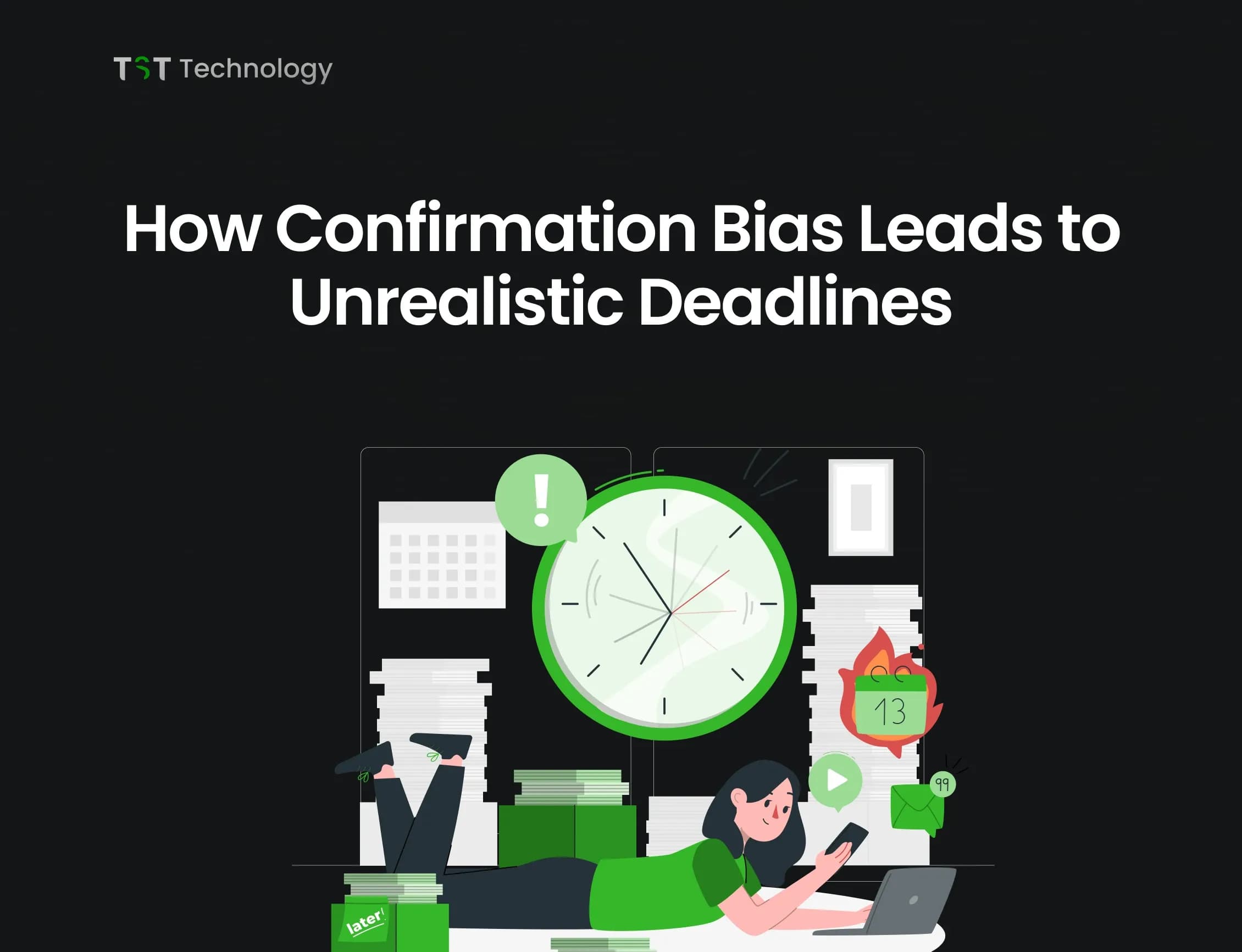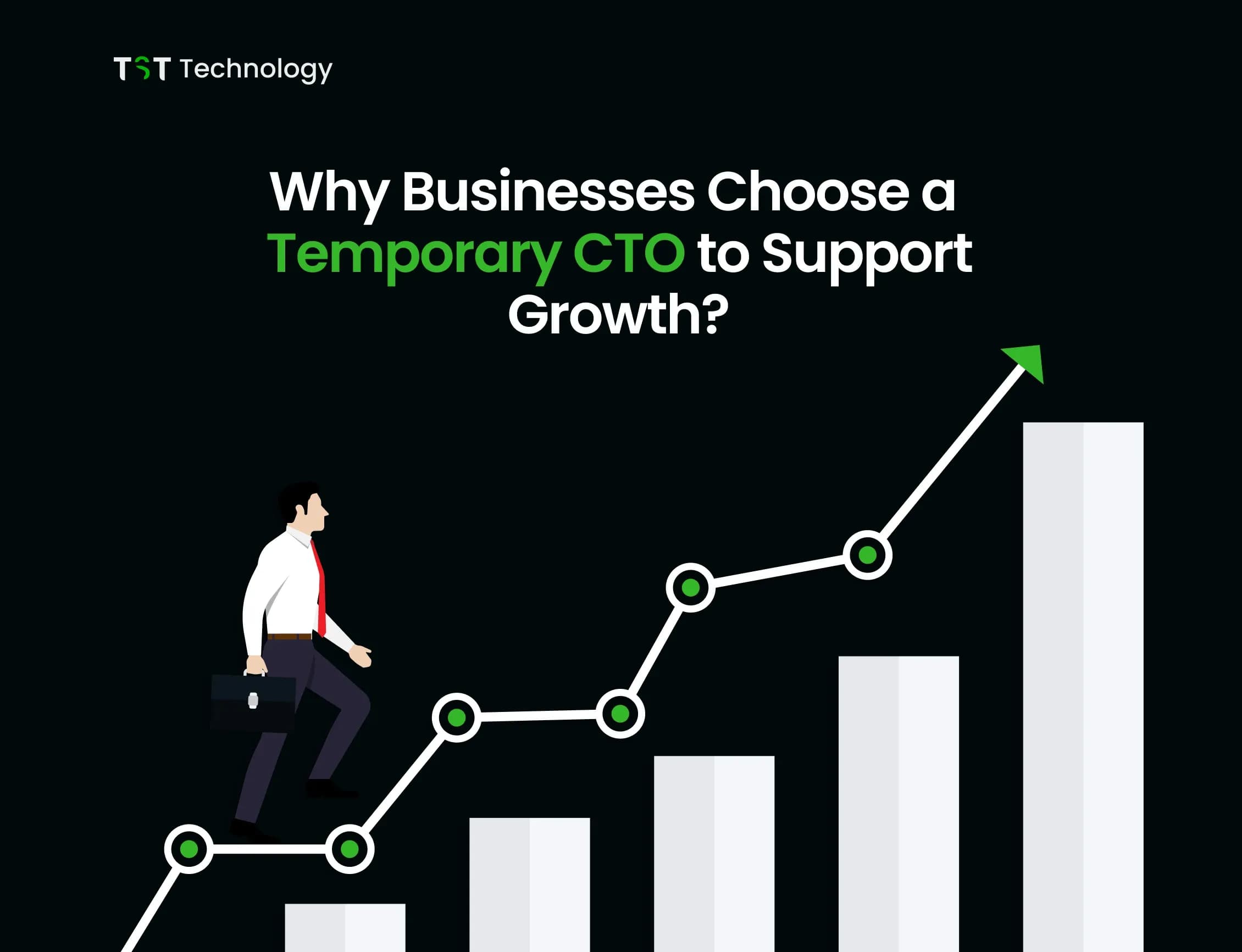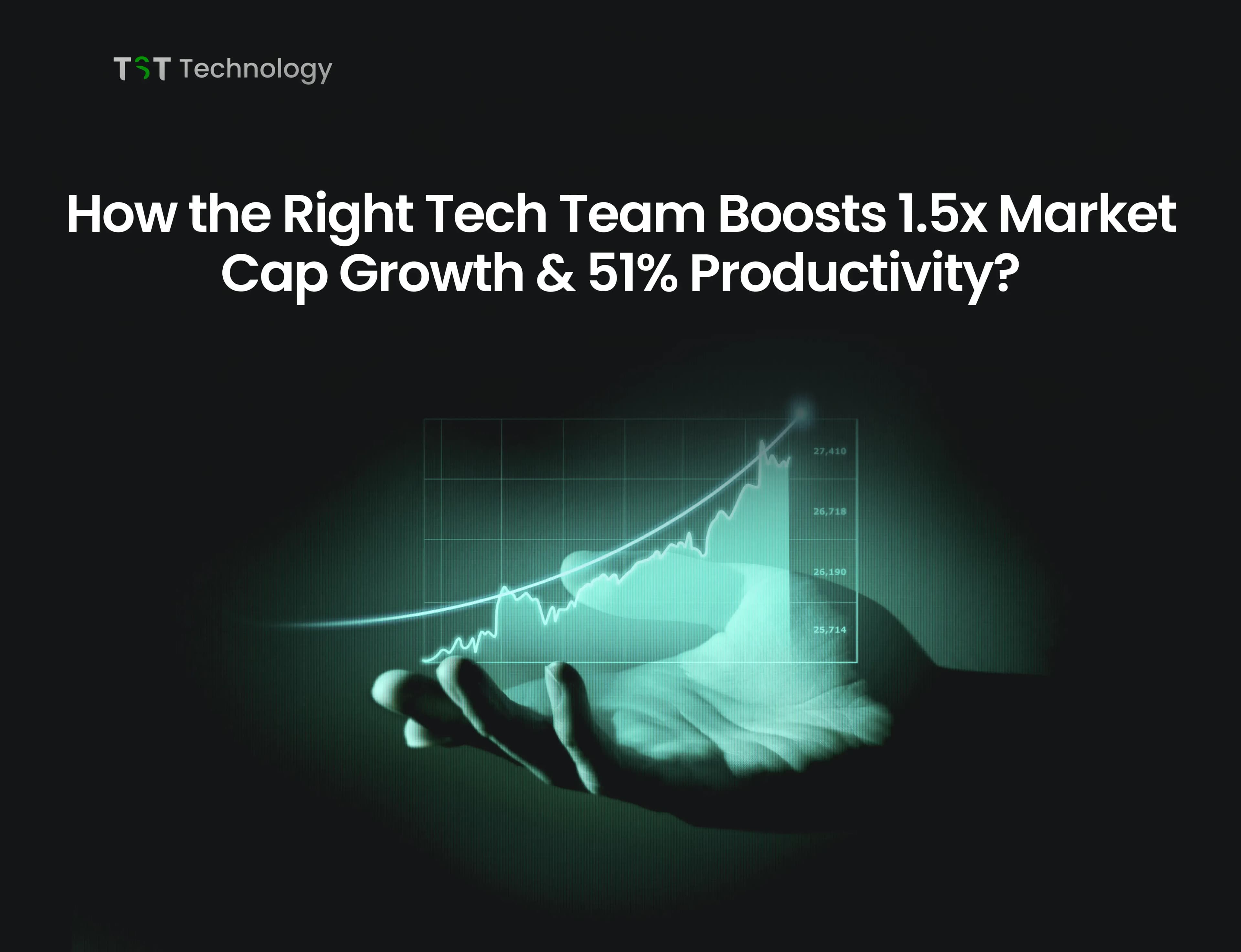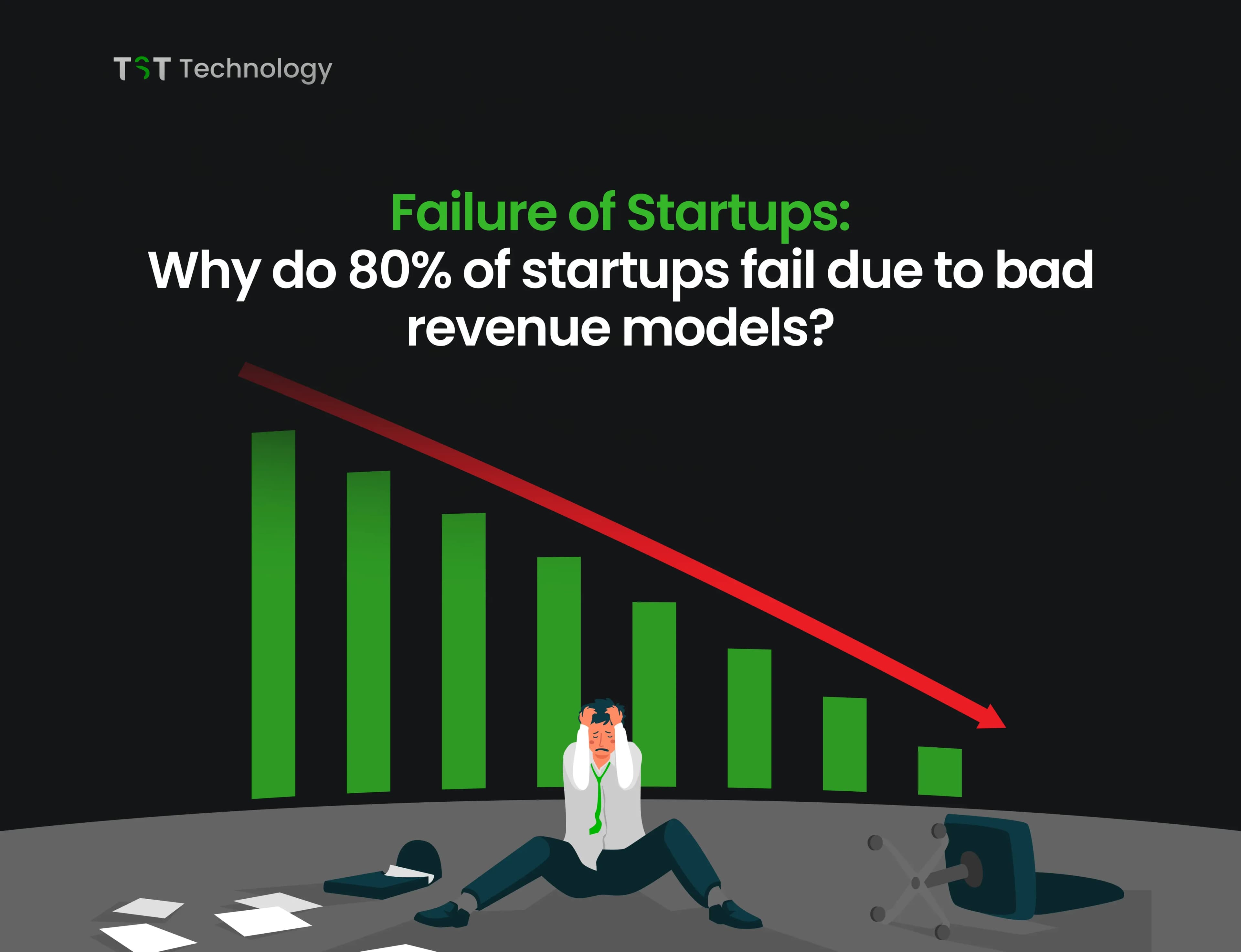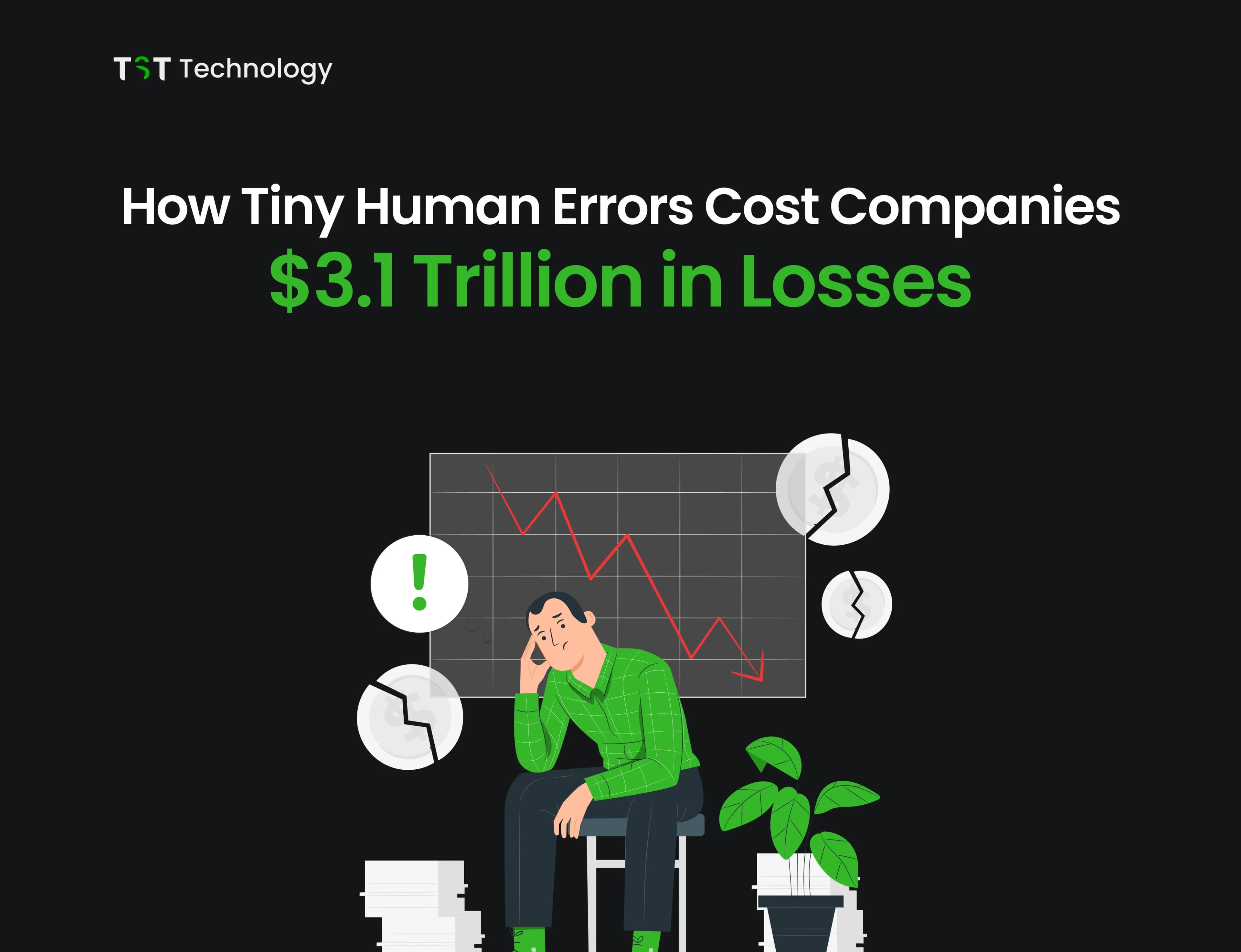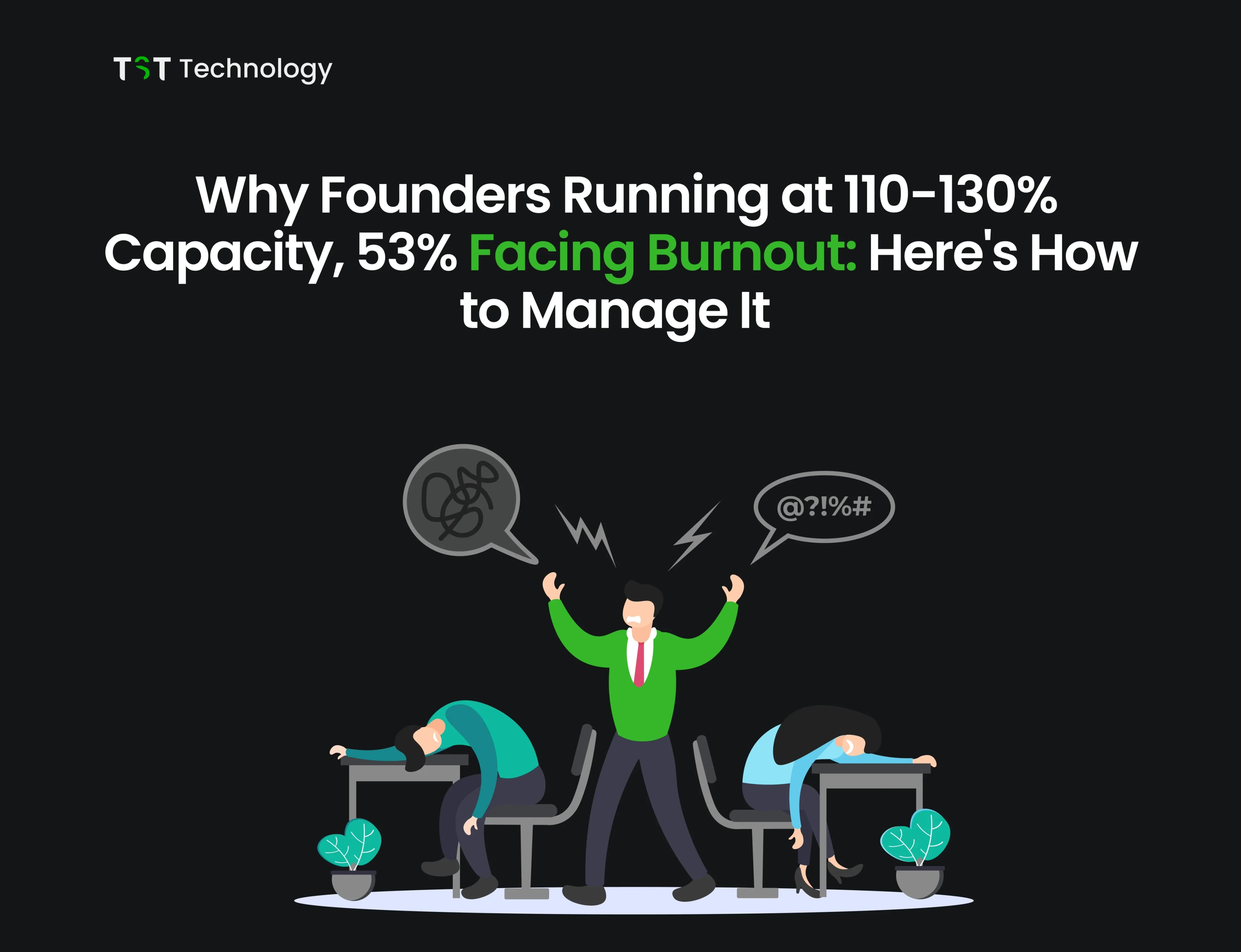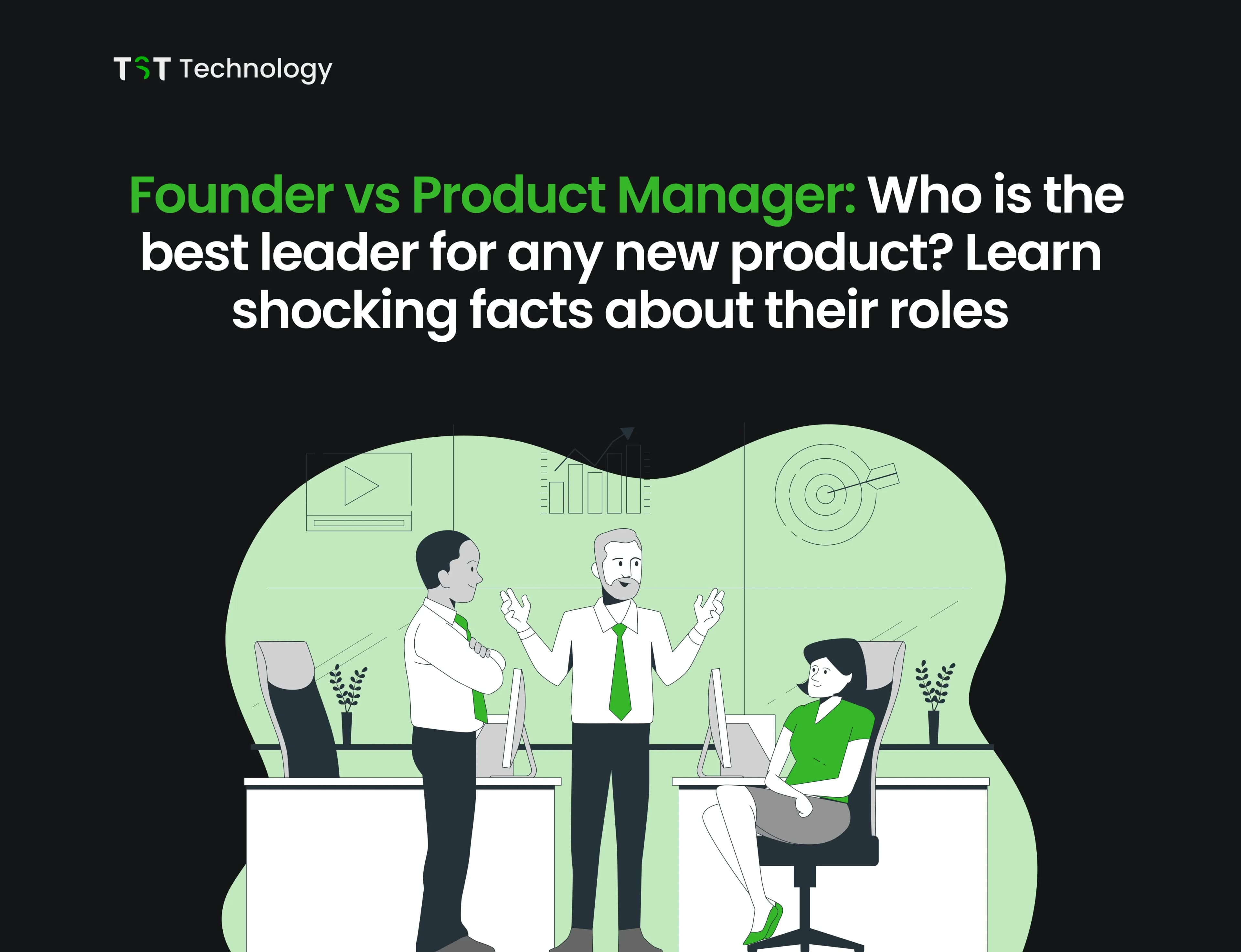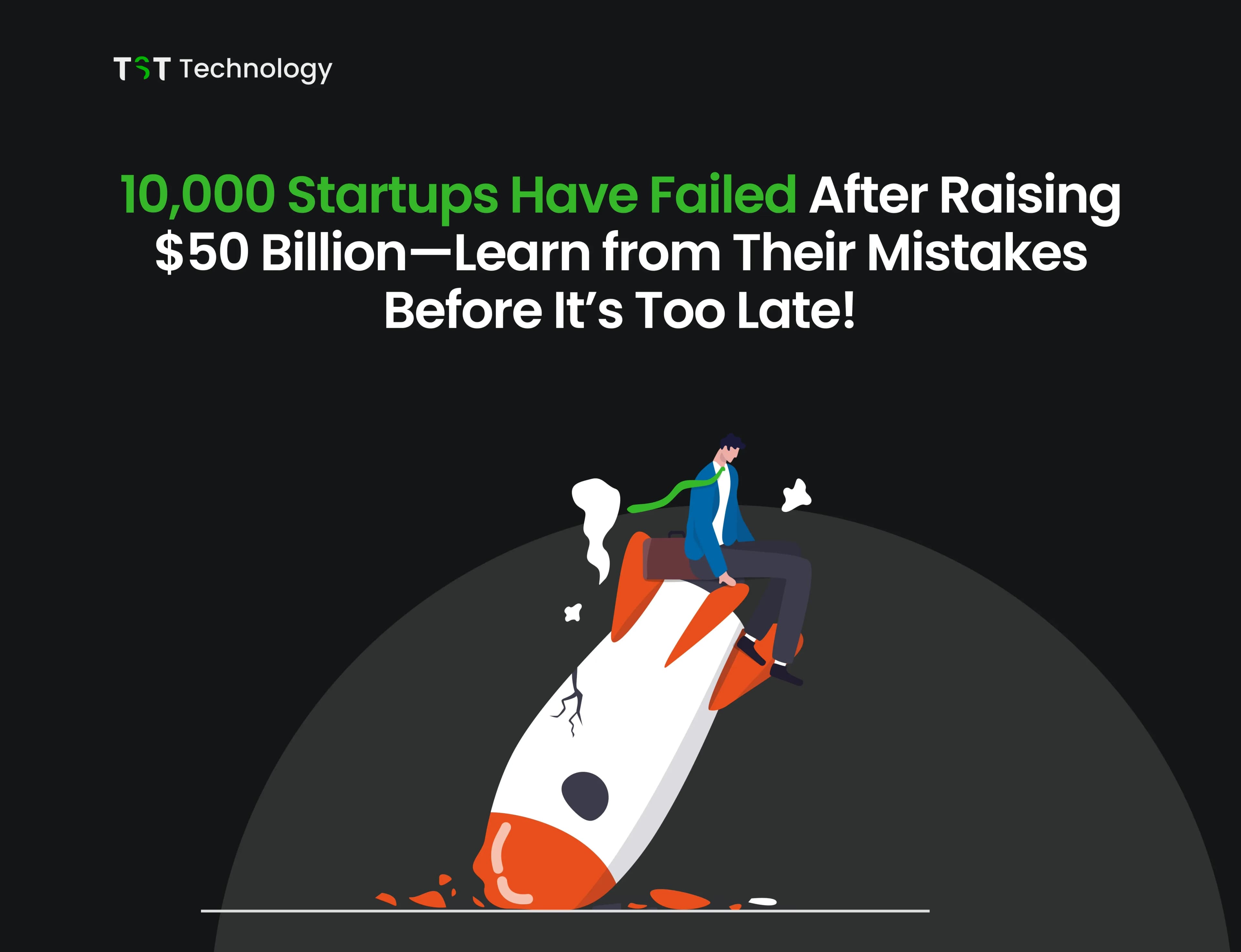70-85% of AI projects get stuck in "pilot purgatory" and fail to progress beyond pilot status. This high failure rate is an indicator of the discrepancy between the theoretical capabilities of AI and the actual scaling hurdles. Firms invest $2-5 million in pilot projects and watch their investments dry up as scaling attempts collapse, with 80% of AI projects not achieving projected ROI.
Yet businesses successfully completing pilot-to-production achieve phenomenal returns like ROI boosts of 150-500% within 2-5 years and 40-60% productivity gains. This blog presents a proven 30-day process designed to overcome scaling obstacles and achieve production deployment.
In contrast to traditional methods addressing scaling as an afterthought, this process combines production thinking from day one, methodically dealing with strategic misalignment, technical debt, and organizational opposition.
Understanding the Pilot-to-Production Challenge

Let us see what challenges are faced by the tech community while setting up a successful AI workflow automation.
Core Barriers
- Strategic misalignment: AI treated as a technology deployment rather than a business transformation, resulting in disconnected objectives and a lack of executive sponsorship
- Data infrastructure issues: 58% of enterprises are hindered by legacy systems that impede seamless data integration and real-time processing
- Resource and talent gaps: 29% of projects are under-resourced or lack specialised MLOps and automation engineering skills
- Technical debt: Patchwork prototype answers yield brittle systems that break down under production loads
Reasons Why Traditional Methods Fail
- Proof-of-concept trap: Test-tube, small-scale pilots overlook production concerns like regulatory compliance, security, and cross-system coordination
- Operational unreadiness: 86% of enterprises do not have scalable infrastructure, including containerized deployments, CI/CD pipelines, and monitoring frameworks, needed for continuous AI delivery
- Human resistance: Organizational resistance and change management issues slow enterprise-wide AI adoption
If you can see any of these points in your team or organization, you need to correct them to have better chances of going successfully from pilot to production.
What are the Critical Success Factors for Rapid AI Scaling?
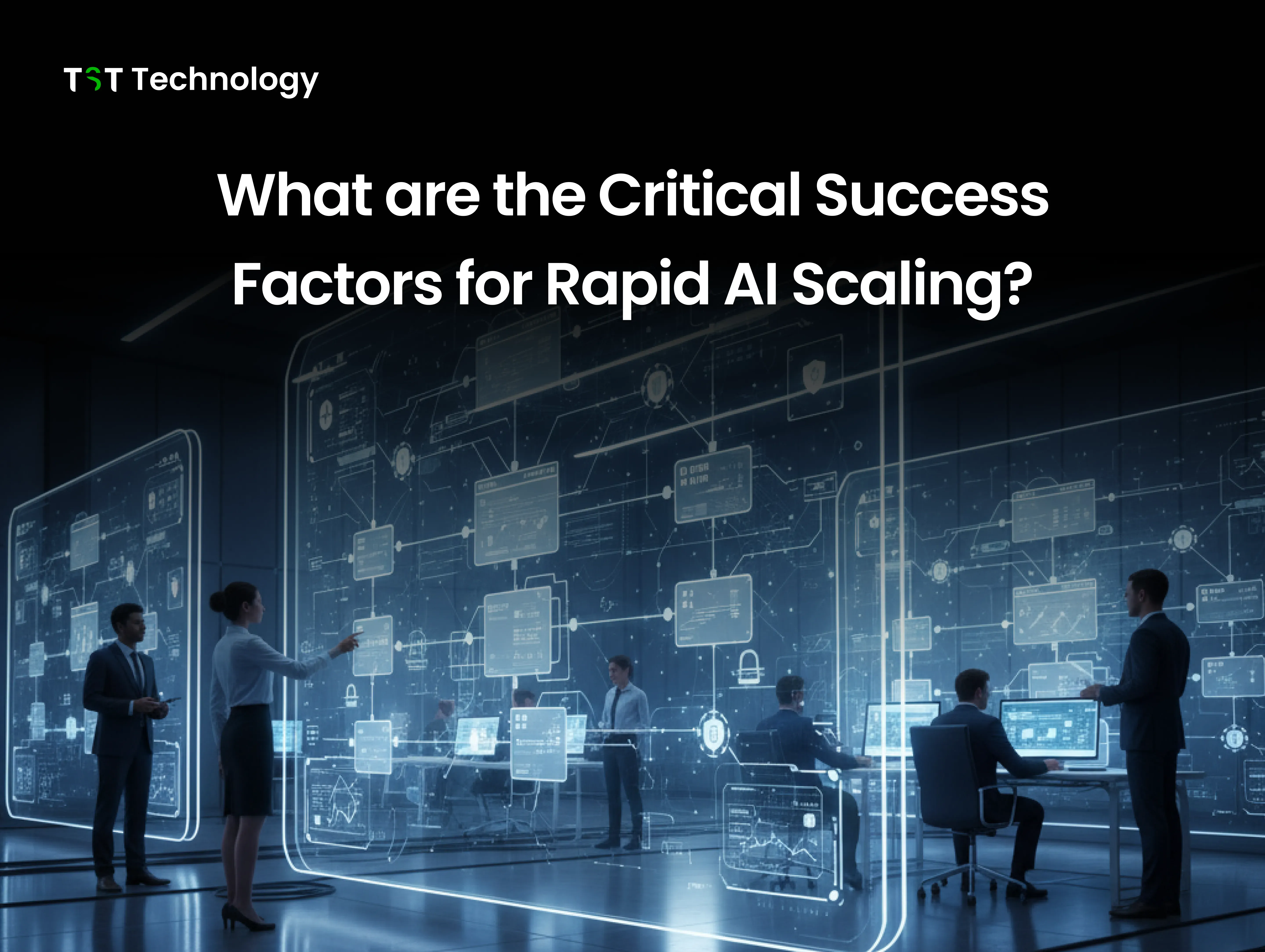
A methodical approach integrating technical architecture, data governance, and change management is required to break pilot purgatory and implement sustainable, production-level AI automation.
Technical Architecture
- Modular, event-driven design: Break down workflows into composable services and use asynchronous messaging to decouple components and enhance resilience.
- AI agent architectures: Enable autonomous decision loops so workflows dynamically respond to changing conditions and self-repair on exceptions.
MLOps best practices from day one:
- Implement CI/CD pipelines for model deployment
- Automate testing of models and workflows
- Version control for both code and data to ensure reliable updates and traceability
Data Strategy & Governance
- Central feature store for reproducible feature engineering and reuse across models
- Stringent data quality checks and validation pipelines to ensure accuracy and integrity
- Detailed metadata management to keep track of data and model lineage, monitor drift, and enable reproducibility
- Integrated security and compliance controls like access management, encryption, and audit logging, aligned to GDPR, HIPAA, and industry standards
Change Management & Adoption
Identifying and empowering AI champions (early champions who lead cultural adoption) sets the stage for wider rollout. A phased rollout plan, beginning with small pilot groups and scaling up, creates organizational momentum and avoids resistance. Supplement this with ongoing training and support initiatives, and create iterative feedback loops so end users can optimize and build out AI workflows over time.
By getting together these technical, data, and organizational enablers, businesses can avoid typical pitfalls in scaling and achieve end-to-end business value from AI workflow automation.
How to Scale AI from Pilot to Production in 30 Days?
Traditional AI scaling methods often take 6 to 12 months, causing delays and lost opportunities for organizations urgently needing faster results. The key to accelerated AI implementation lies in a focused, agile methodology that compresses the critical steps, from assessment to deployment, into a tightly coordinated 30-day plan.
Accelerated 30-Day AI Scaling Methodology
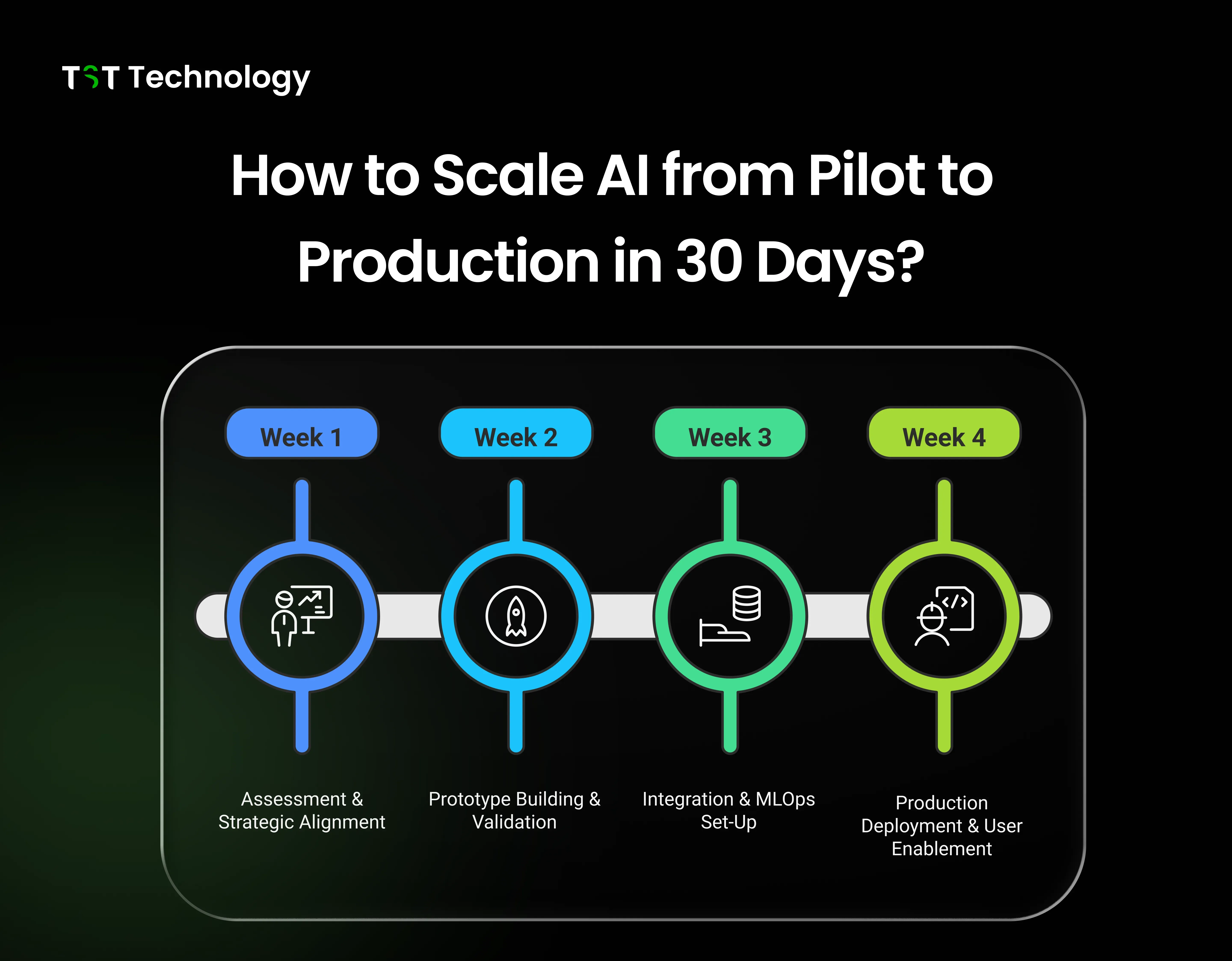
Week 1: Assessment & Strategic Alignment
Rapidly evaluate business needs, define clear success metrics, and secure executive sponsorship to ensure AI initiatives target high-impact workflows.
Week 2: Prototype Building & Validation
Use low-code/no-code platforms and agile development to build functional prototypes quickly, involving end users early for feedback and iterative improvements.
Week 3: Integration & MLOps Set-Up
Develop scalable and modular pipelines, automate testing and CI/CD workflows, and integrate AI models securely with existing systems following MLOps principles.
Week 4: Production Deployment & User Enablement
Execute phased rollouts, implement monitoring and alerting, and run focused training sessions to drive adoption while continuously refining based on user feedback.
Understand how to integrate AI into your existing business from TST Technology’s freebie.
By adopting this rapid, structured approach, organizations can bypass the common pitfalls of “pilot purgatory” and realize the measurable business value of AI automation significantly faster.
Measuring AI Workflow Success with KPIs and ROI Metrics
Successful measurement of AI workflow automation depends on monitoring technical as well as business results. Automated dashboards need to constantly monitor model performance and operational wellness to guarantee production reliability and quick issue identification.
Technical Performance
- Model accuracy: precision, recall, and F1-score
- System dependability: availability and failures
- Efficiency of operation: throughput and latency
From a business perspective, measuring hard impact generates executive support and long-term investment. Contrast pre- and post-automation metrics to record time savings, cost savings, and increased productivity.
Learn more about how to improve productivity with AI on our blog.
Business Impact
- Process execution time savings
- Labour and operations cost savings
- Productivity gains: percentage of tasks automated and task completion rates
- Revenue impact: customer satisfaction and retention gains
A full ROI framework integrates classic calculations, including ROI percentage, net present value, and payback period, along with acknowledgment of non-linear benefits like learning curves and network effects that build value over time.
What are the AI Pilot to Production Deployment Best Practices?
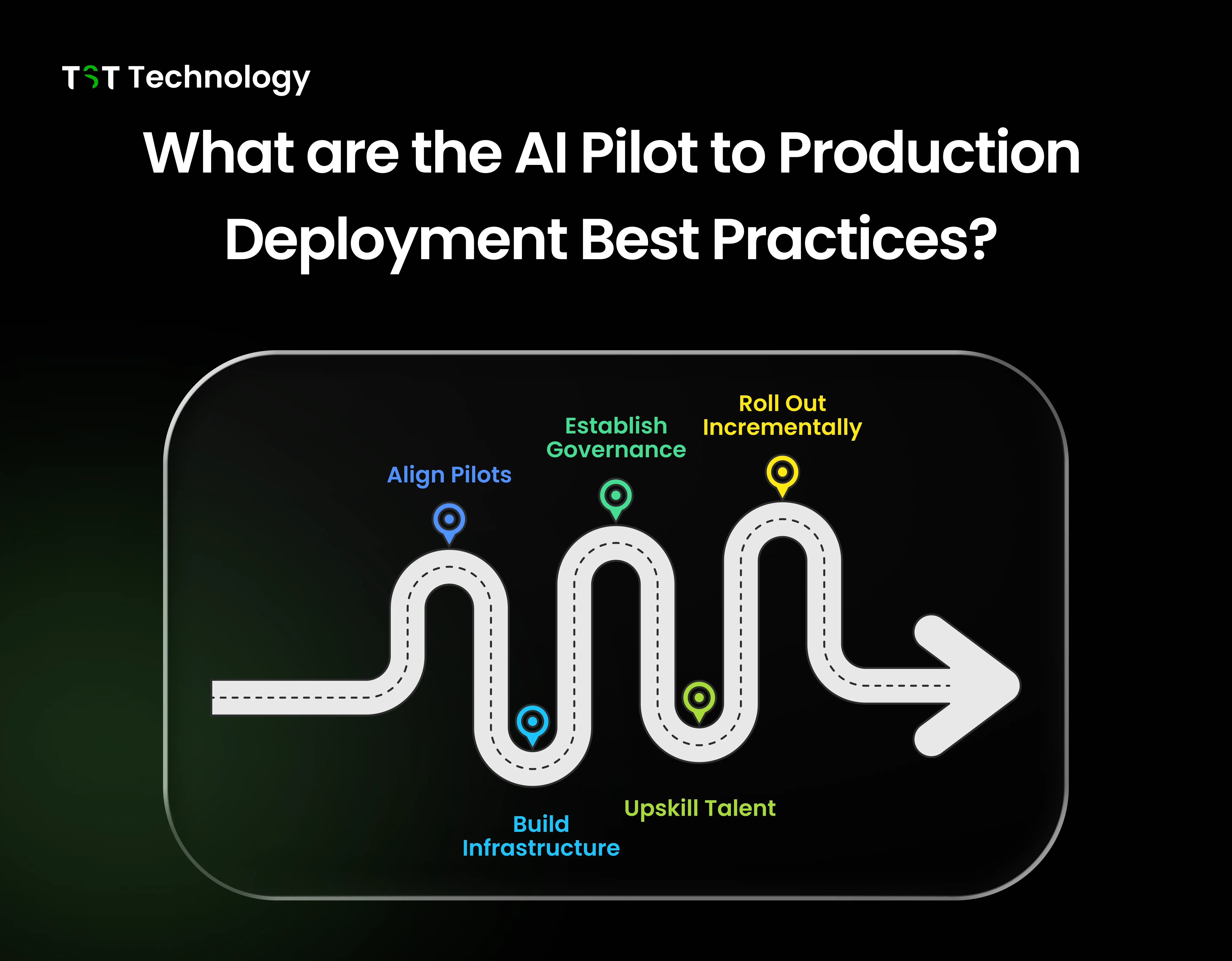
Moving AI from pilot to production is a critical challenge many organizations face due to a lack of clear frameworks and structured methodologies. To overcome this, follow a step-by-step deployment approach that treats AI projects as products, not isolated experiments, ensuring alignment with business goals and operational readiness.
Step 1: Align Pilots to Business Goals and KPIs
- Define measurable business outcomes such as cost reduction, revenue growth, or risk mitigation.
- Secure cross-functional and executive buy-in early to ensure strategic alignment.
Step 2: Build Scalable Infrastructure (AI Platform & MLOps)
- Prepare the technical foundation, including modular architecture, containerization, version control, and continuous integration/continuous delivery (CI/CD) pipelines for AI models.
- Standardize pipelines and automate model testing and monitoring to facilitate reliable production deployment.
Step 3: Establish Robust Data Governance
- Ensure data quality, compliance with privacy regulations, and accessibility across systems.
- Implement governance frameworks addressing data versioning, lineage, and security.
Step 4: Upskill or Hire Talent for Production Support
- Develop internal capabilities or engage external experts specialized in MLOps, data engineering, and AI operations.
Step 5: Roll Out Incrementally with Feedback Loops
- Deploy AI solutions in phases, starting small and expanding based on validated performance and user feedback.
- Monitor model behavior continuously, collect quantitative metrics and qualitative user input, and iterate improvements.
Additional Best Practices
- Treat pilots as minimum viable products (MVPs) with a learning mindset, expecting models to improve over time rather than aiming for perfection at launch.
- Prioritize governance by embedding compliance, explainability, and security into the AI lifecycle.
- Drive adoption through clear communication, training, and human-in-the-loop approaches where AI augments human judgment.
Applying these methodical steps transforms AI initiatives from “pilotitis” experimentation into operational business capabilities, accelerating value realization and minimizing common failure causes.
What are the Risks that make AI Workflows fail?
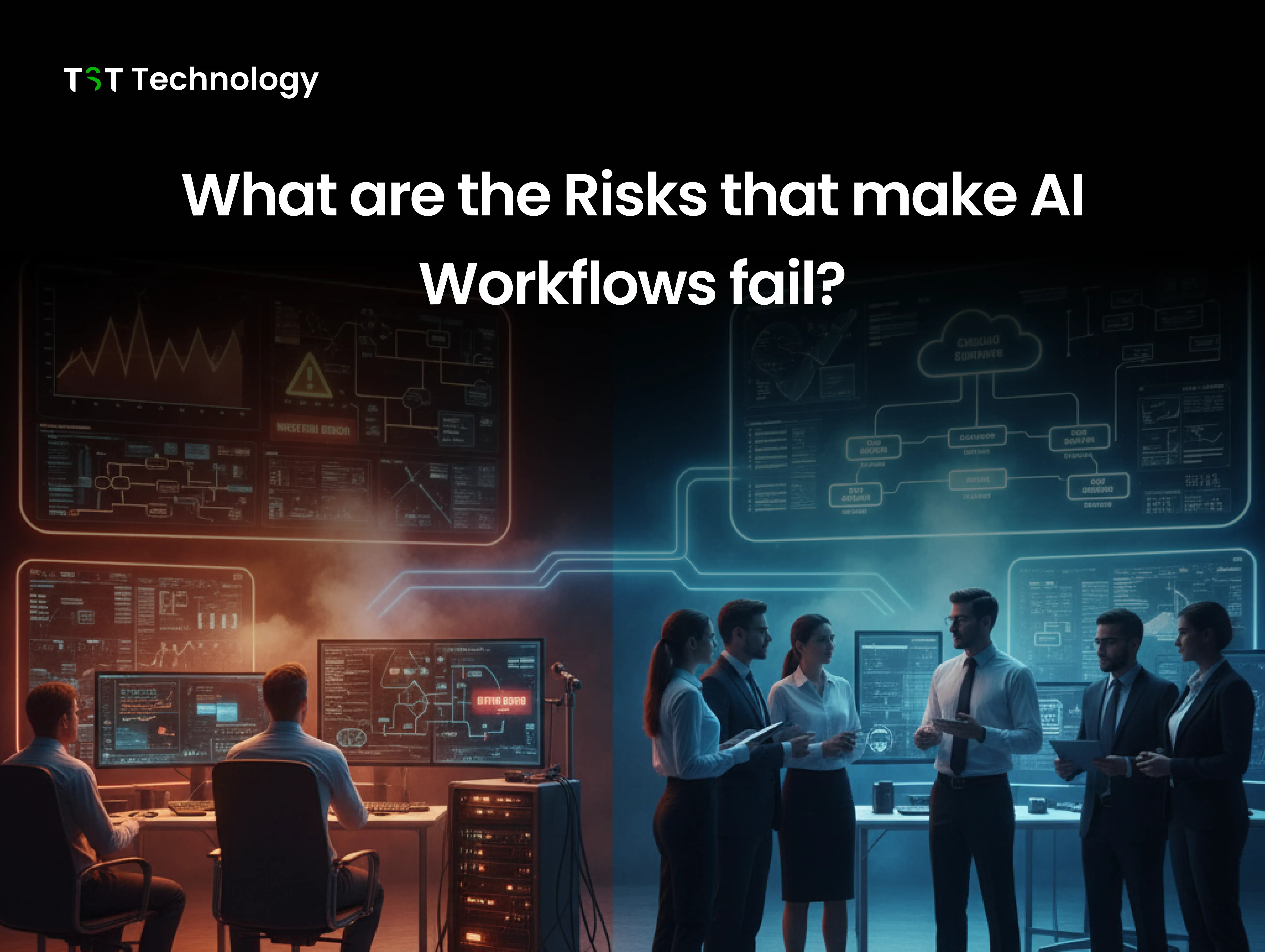
AI workflow initiatives frequently fail when technical and organizational risks are not addressed. Actively proactive measures are necessary to sustain performance, provide smooth integration, and achieve user adoption.
Technical Risks and Mitigations
- Model drift and performance decay: Use continuous monitoring pipelines and retraining triggers to maintain accuracy and usefulness.
- Integration complexity: Use strong API management, compatibility testing, and middleware layers to exchange data with legacy systems securely.
- Scalability bottlenecks: Use cloud-native architectures and preplanning so resources can scale elastically under changing workloads.
- Resistance to change: Build executive sponsorship and have a network of enabled AI champions to share benefits and meet concerns early.
- Skill gaps: Close expertise deficits by focusing on training programs and, where needed, external consulting assistance to complement in-house resources.
- Leadership disengagement: Maintain executive buy-in by aligning AI KPIs to strategic goals, reporting strong business cases, and highlighting quick wins to prove value and gain momentum.
Every problem can be solved with enough dedication and corrective measures, and AI workflow automations are no exceptions. If you’d like more personalized help for your organization, book a FREE consultation call with TST Technology AI experts.
Future Directions and Implications for AI Workflow Growth
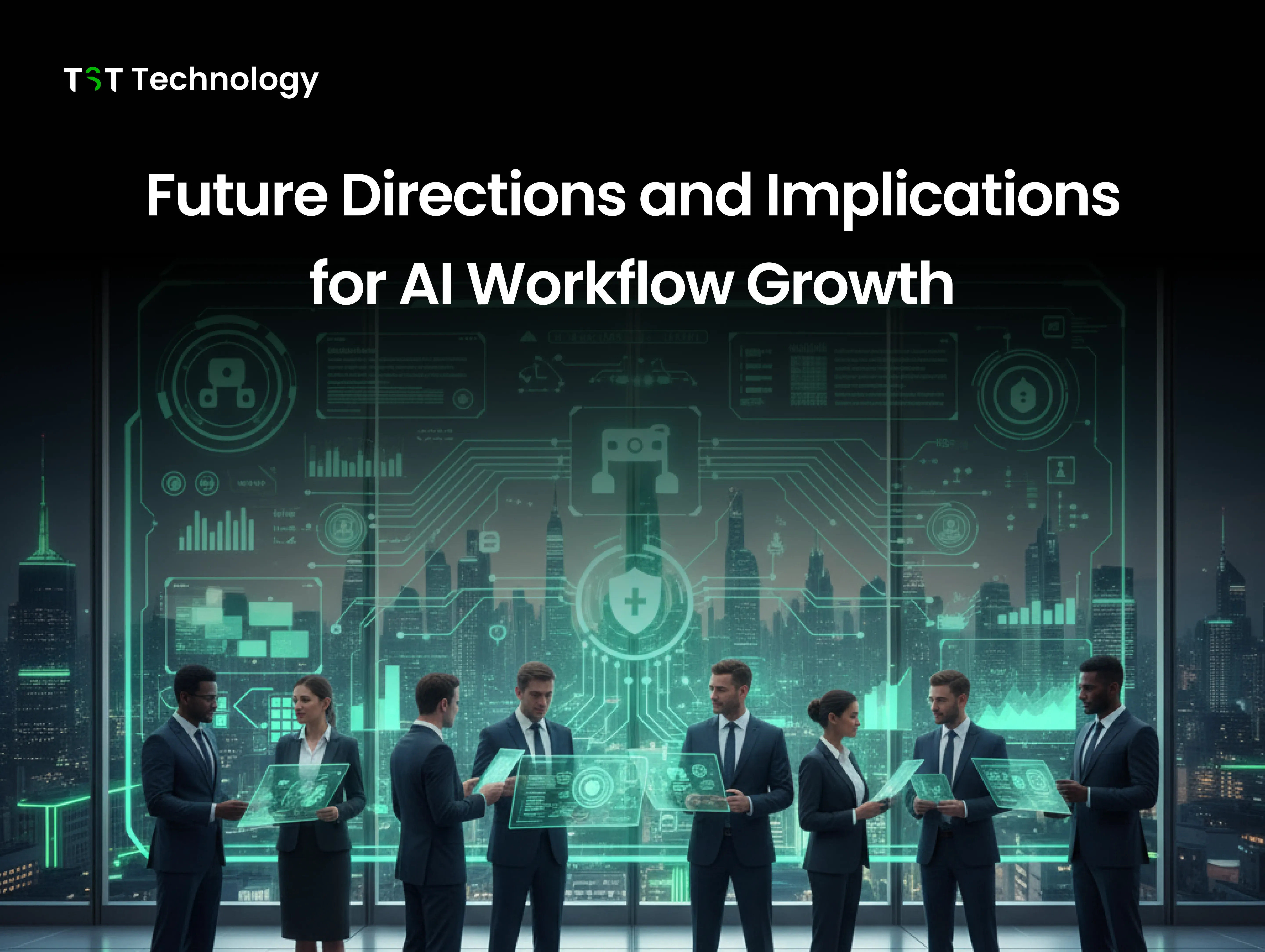
New technologies and changing market forces will reshape the way organizations design and scale AI workflow automation.
Agentic AI and Hyperautomation
- Autonomously acting AI agents will take on sophisticated decision-making, orchestrating multi-step workflows independently of humans.
- Hyperautomation will combine AI, RPA, and analytics to build end-to-end automated workflows that constantly improve themselves.
No-Code/Low-Code Democratization
- No-code and low-code environments will decrease entry barriers, allowing business users and citizen developers to create and modify AI workflows directly, shortening innovation cycles and eliminating IT backlogs.
Market Evolution and Competitive Landscape
- The AI economy is expected to grow to over $500 billion by 2026, creating greater investment in scalable automation technology.
- Adoption will shift from experimental pilots to company-wide deployments, with 78% of organisations embedding AI in at least one core function by 2026.
Strategic Implications
- Early adopters of AI achieve tremendous competitive value in terms of increased efficiency, accelerated time-to-market, and enhanced customer experiences.
- Workforce transformation will involve upskilling and reskilling initiatives to ready teams for AI-enabled jobs.
- Attention on AI governance, ethics, and compliance will surge, requiring strong oversight frameworks integrated into automated workflows.
Conclusion
Escaping "pilot purgatory" requires you to agree on strategy, data, and culture from day one. By using the right framework, organizations can go from perpetual testing to measurable return, getting quicker ROI, improved productivity, and scalable growth in the long run.
TST Technology can help you set up AI workflow automations for your organization- just book a quick 30-minute FREE consultation call to get our AI experts' advice to decide on the best course of action for you.
Don’t delay it any longer. Keep up with the fast-paced AI world!

